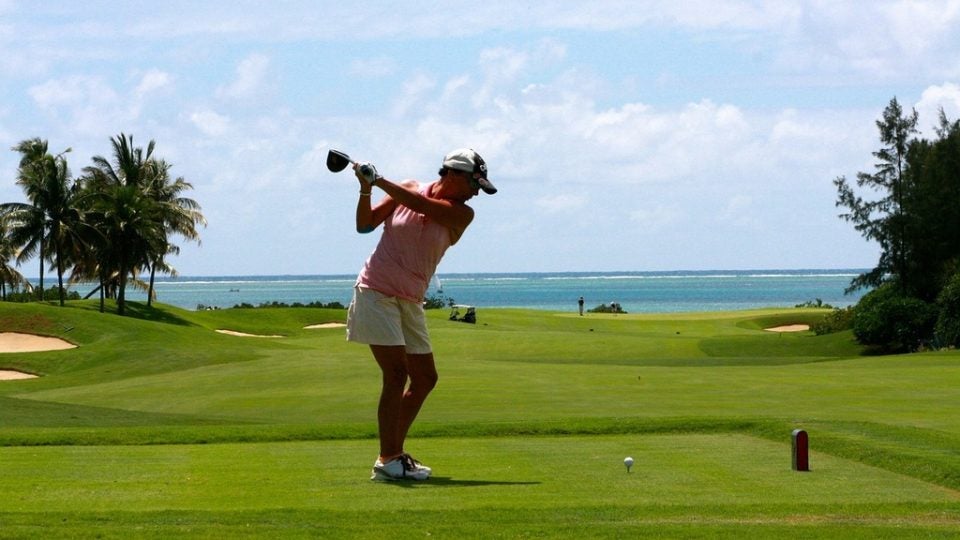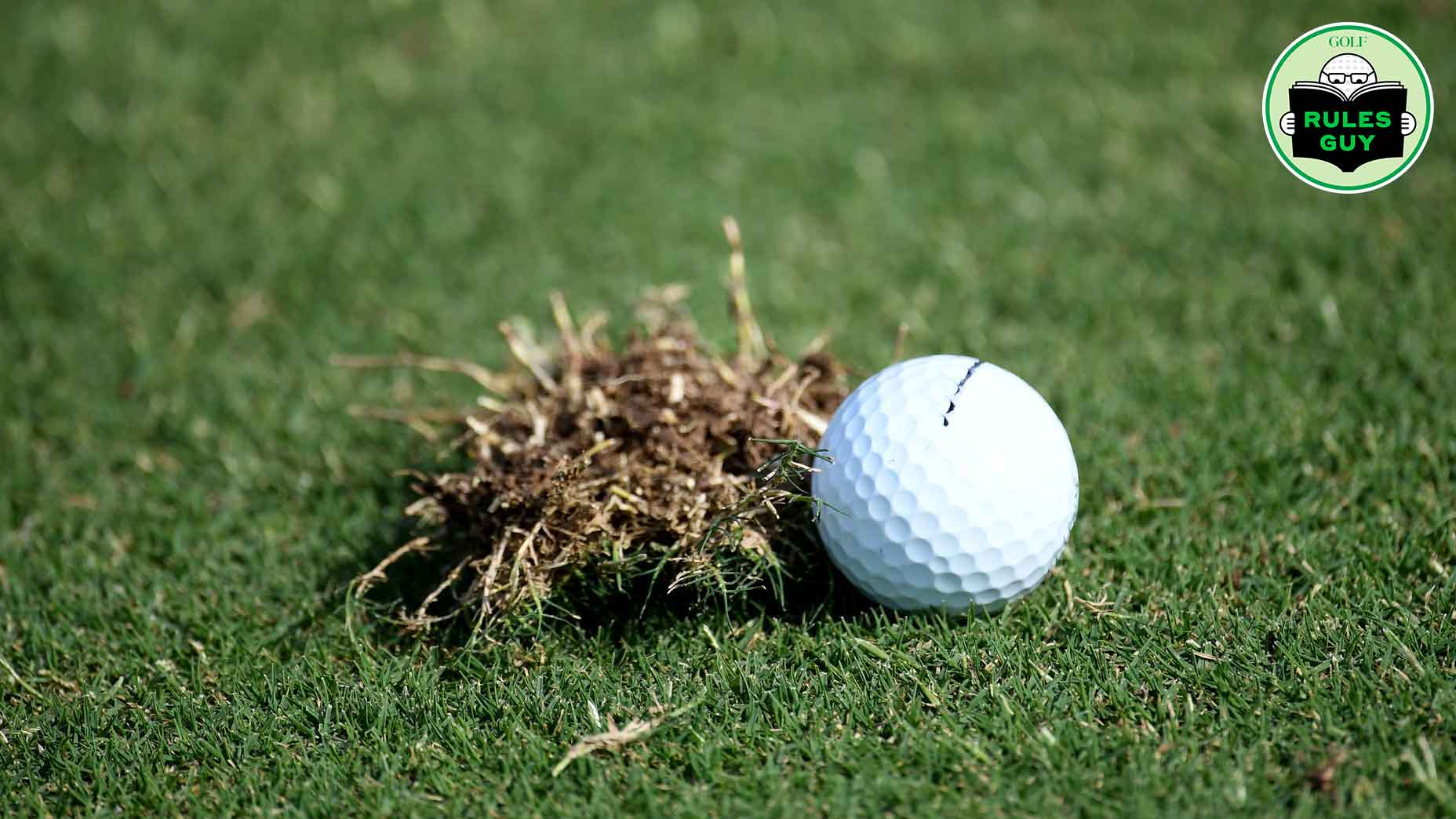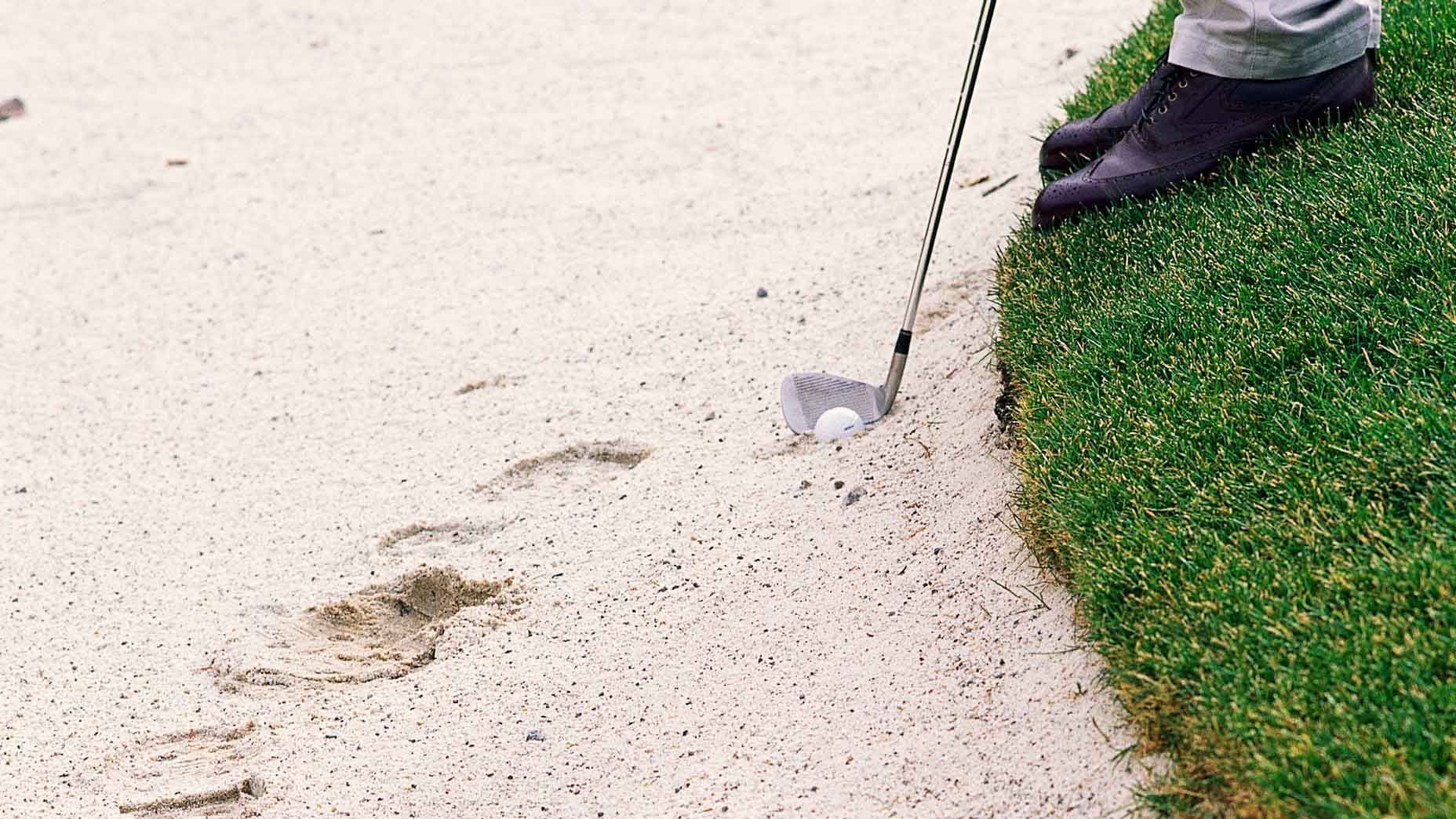Whether you’re a golf expert or a total newbie, reviewing the basics of how to hit a golf ball is always a good idea. Each part of the technique is equally important, and it takes some practice to get it all coordinated. Looking to improve your swing? Keep reading to learn the basics and to improve your game.
The Fundamentals
Before we start with the steps of how to hit a golf ball, let’s go over some of the basic golf lingo.
- Stance – The position of your feet and legs as you prepare to hit the ball. Your stance will provide the foundation of your entire swing, from backswing to follow through.
- Address – Once you’ve taken your stance, grip, and are set in your posture, you address the ball by placing the clubhead on the ground behind the ball.
- Grounding the Club – This term refers to the point when your club touches the ground while you are addressing the ball.
- Target – The direction you want to hit the ball towards.
- Fairway – The section of a golf course with short grass between the tee and green.
- Green – Also called the putting green, this is where you will find the hole!
Get Your Stance
The stance is the foundation of every golf swing. If your stance is off, your whole swing could be affected! The details of a proper stance seem straightforward, but many golfers work on it over a lifetime.
A standard golf stance for your driver starts with your feet just wider than your shoulders, parallel to your “target line”. For irons, make your stance about two inches narrower so it’s about shoulder-width apart. When your chipping closer to the hole your stance will be even narrower, so your feet are narrower than your shoulders.
Your lead foot (the foot that’s closer to the target) should be pointed slight towards the target of your swing, which can allow for increased hip rotation. For most golfers, their trail foot (the foot that’s farther from the target) is commonly situated so it’s perpendicular to the target line.
Proper Posture
The stance sets the base of your golf posture. Start by setting and bending your knees slightly and putting most of your weight on the balls of your feet.
Once you’ve done that, hold the club in front of you and begin to hinge at the hips, until the club reaches the ground. Your spine should be at a diagonal angle to the ground, which will allow to a full shoulder and hip turn on your backswing.
Tilt your body slightly so it feels like you’re leaning slightly away from your target. If you don’t get it right away, don’t worry. This is a lot to think about and it takes some time to coordinate everything.
Visualize Your Perfect Grip
Your grip is your only physical connection to the club and through that, the ball. For a neutral grip, which is a great starting point for most golfers, place the your lead hand towards the top of the club, so your palm is about a half an inch from the butt of the club. The angle of your hand should be such that when you grip the club, the club runs diagonally across your fingers, and you can see two-and-a-half knuckles on your lead hand. Next, place your trail hand over your lead hand. The palm of your trail hand should sit over your left thumb. The thumb and index finger finger of your trail hand should form a V that is directly pointing to the middle of your sternum.
Get Ready (Address the Ball)
Now you are ready to address the ball. How you will do so depends on which type of club you are using. With longer clubs, your hands line up with the club in a straight line and the ball will be further up in your stance, so it’s closer to your lead foot. With shorter clubs, the club handle and shaft is tilted slightly towards the target. So, your stance, posture and final address will be a bit different depending on what type of club you are using at the moment.
Swing Step 1: The Takeaway
The takeaway is the first part of your backswing. It is generally the first 12-18 inches. It can set the stage for a great swing, or a not so awesome one. Start the takeaway by using your shoulders and arms moving as one to move the club back, away from the ball. Your arms will stay straight, but your wrists should gradually begin to hinge.
Swing Step 2: The Backswing
The backswing continues the backward motion of the takeaway. As your body reaches further back, avoid the inclination to bend your lead arm (left arm for most people.)
One helpful tip for the backswing is to bend your lead knee (usually the left knee) right at the ball. Turn your hips slightly, and begin to shift your weight towards your trail foot. Many golfers try to feel their head stay in line with the rest of their body.
Swing Step 3: The Downswing
What goes up, must come down! Once you reach the height of your backswing, it’s time for the downswing. This part of the swing is the fastest of all the components because the speed is part of what makes the ball go far and fast. You’re basically unwinding everything you did in the backswing in reverse. Start by shifting your weight towards your lead foot, then by turning your hips towards the target, then your arms and shoulders will follow.
Swing Step 4: The Follow Through
Even though you’ve already hit the ball, the follow through is still important. At the end of your swing, your hips should be facing the target, and the club should be swung all the way up and over your lead shoulder. All your weight should be on your lead foot (usually left foot). Only the tip of your other foot should be touching the ground. You should be balanced enough to hold this follow through position for 10 seconds (or more!)
Now you can watch your ball soar!
Different Types of Golf Swings
There are several types of shots that can be classified as different types of golf swings, though the technique used for each of these is somewhat similar with a few tweaks.
- Drive – This is usually hit off a tee with your driver, which is the longest club and travels the furthest. The goal is to use your drive to hit the ball as far as possible down the fairway. Precision is always important, but distance is the main goal.
- Putt – A putt is a close shot taken on the green, closest to the hole. Good putting requires lots of finesse and an adept reading of the slopes around the green, which will affect the ball as it rolls towards the hole.
- Chip – This is the only time your swing will vary significantly. A chip shot is taken by using an abbreviated version of your full swing.
- Flop shot – While a flop might sound like something negative, it’s actually just a shot used around the green, usually from the rough, which goes up really high while only traveling a short distance.
- Punch – When you punch the ball you keep it low to the ground to hit your shot below overhanging trees. It’s also helpful on a windy day.






